This article may contain links from my partners. I may receive a small commission if you make a purchase through a link. Please read my disclosure and how I make money here.
Tips and tricks in kitchen start with understanding the magic behind the scenes. If bakers are the true wizards of the kitchen (and let’s be honest—they are), then basic ingredients needed for baking like eggs, flour, butter, and sugar are their wands and spellbooks.
With these simple staples, you can whip up everything from soft, fluffy cakes to savory, last minute dinner recipes—all while keeping it delicious and healthy with whole food desserts.
The secret lies in mastering the art of cooking with ingredients you already have and knowing when those tiny details—like properly measuring flour or chilling butter—truly make all the difference.
Keep reading for the best tips and tricks in kitchen—essential tools and helpful advice to make your cooking experience more enjoyable!
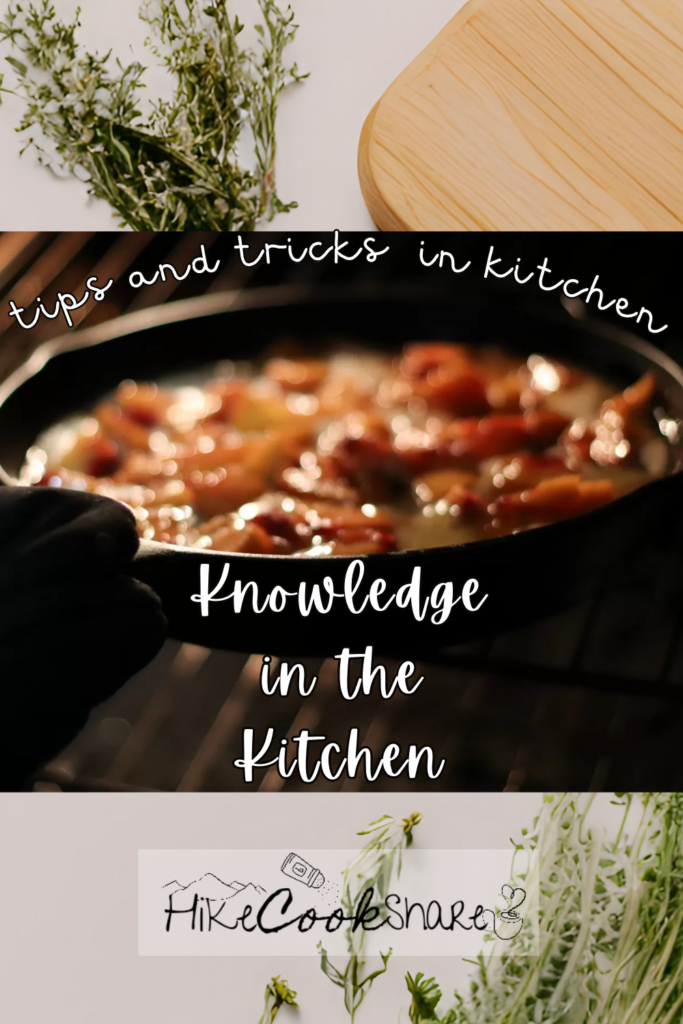
Here’s the scoop
Table of Contents
Main Tips and Tricks in kitchen
- Gather and prepare all ingredients before you start creating- you won’t want to discover you don’t have all the ingredients our recipes call for.
- Always use the type of flour specified in a recipe – all purpose, gluten free or self-rising.
- It’s a good rule of thumb to preheat your oven as soon as you begin prep to make sure it reaches desired temperature.
Easy Baking with Minimal Ingredients
AP Flour: The versatility of all-purpose flour (AP flour, as it’s affectionately known). This common pantry staple, found in nearly every supermarket, is available in bleached or unbleached, enriched or plain—whatever your preference.
When you venture beyond all-purpose flour, options like cake flour—perfect for easy baking recipes with little ingredients—offer a lower protein content, resulting in softer, lighter baked goods with a delicate crumb.
Tips and tricks in kitchen: Don’t have cake flour? Simply replace 2 tablespoons of AP flour per cup with cornstarch.
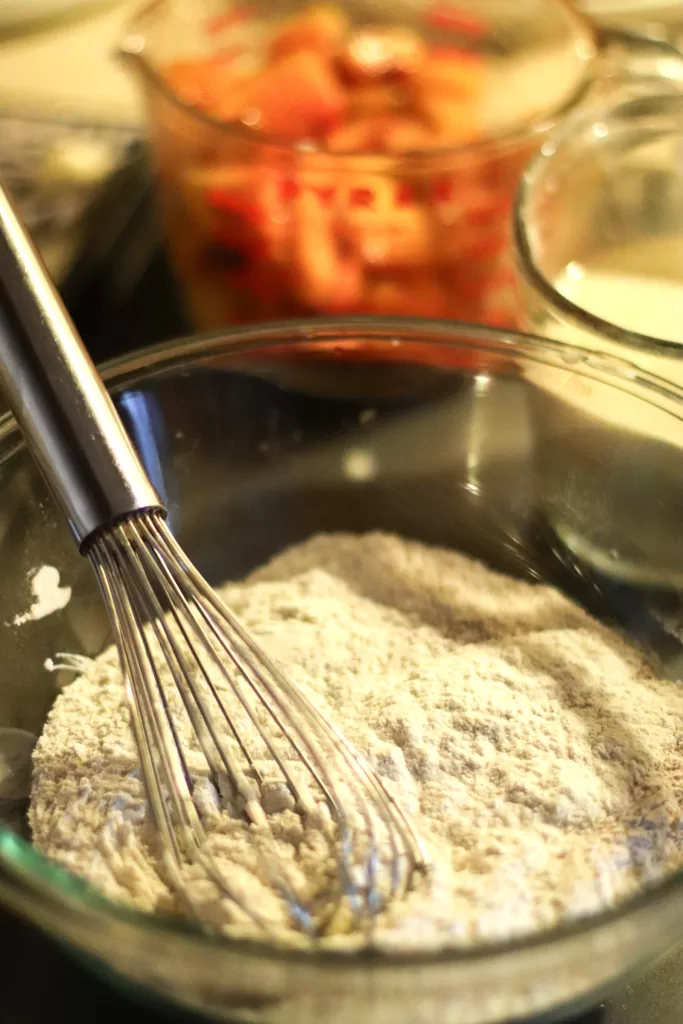
Oat flour blended oats: Nut flours, nearly any nut can be ground into a rich, flavorful flour or meal. Almond meal, for example, is perfect for creating gluten free cakes and it can even replace a small portion of flour in most cake recipes to add extra tenderness.
For those exploring healthy whole food desserts, consider oat flour King Arthur as a versatile, wholesome option.
Tips and tricks in kitchen: Since nut flours are high in fat, store them in the freezer along with your alternative flours to keep them fresh longer.
Be sure to try our gluten free oatmeal chocolate chip cookies for a flourless treat that will become one of your favorites!
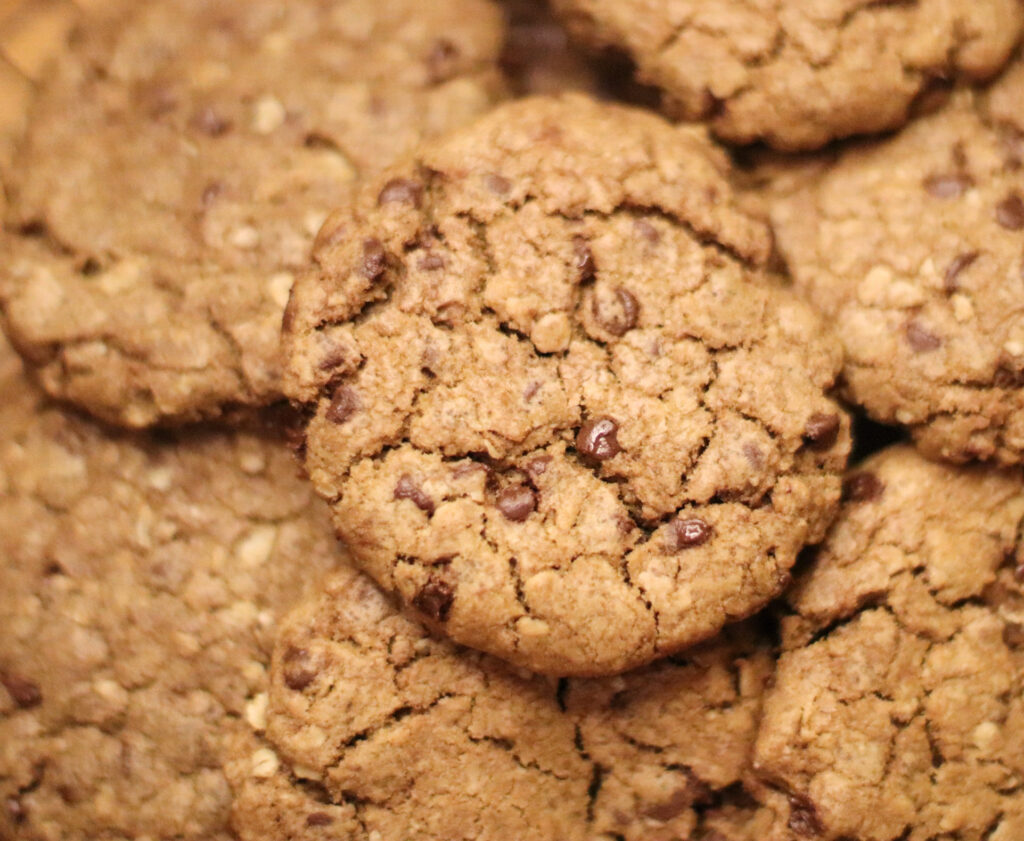
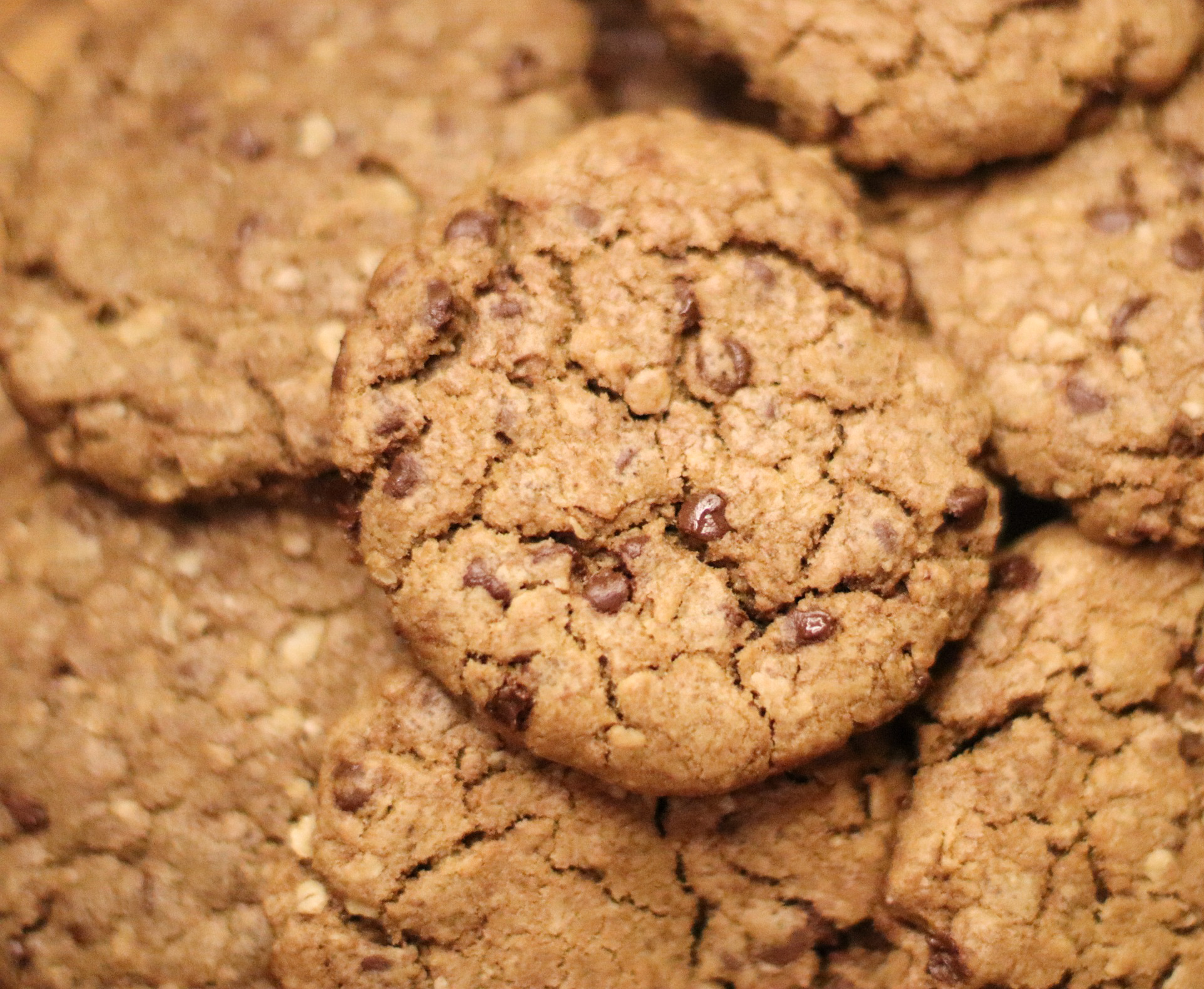
Self-rising flour: comes pre-mixed with leaveners and salt, making it a convenient option. Want to make your own?
Tips and tricks in kitchen: mix 1¼ teaspoons of baking powder and ¼ teaspoon of salt with each cup of all-purpose flour.
Salt: Just like Mickey has Minnie by his side, sugar has salt—it’s the duo that makes everything sweeter—without it, your baked goods wouldn’t have that perfect balance and depth of flavor!
Use Maldon salt in desserts for its delicate crunch and refined finish- It’s the small touch that makes a big difference.
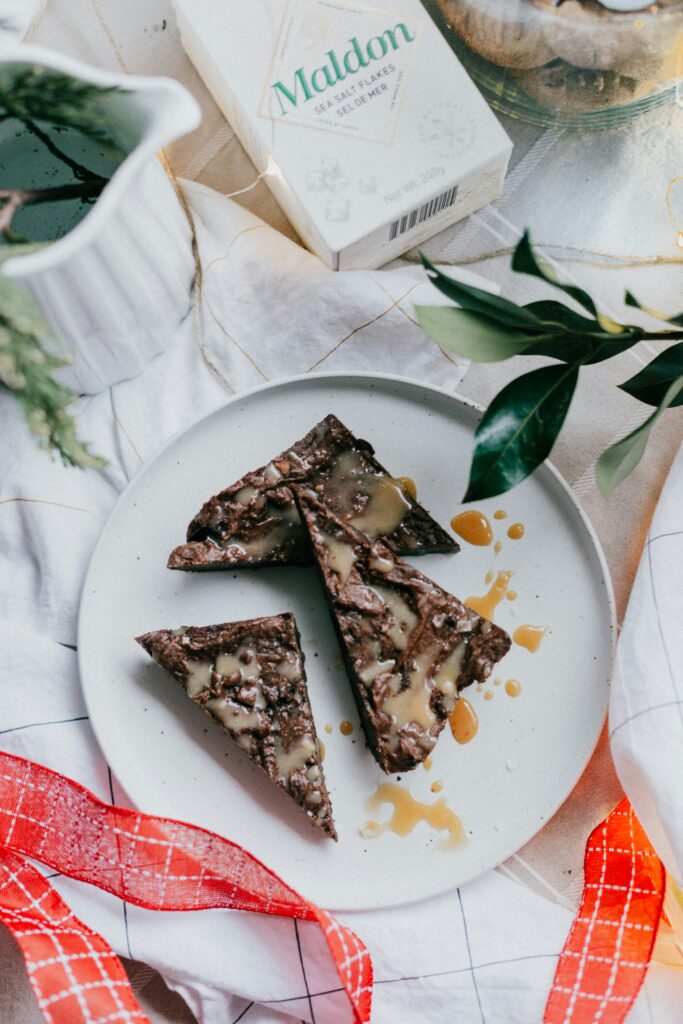
Cornstarch: is a go-to for thickening puddings, pie fillings, frozen desserts, pastry creams, and jams.
Tips and tricks in kitchen Whisk cornstarch with a bit of the recipe’s sugar and liquid beforehand to prevent clumping when you mix it in.
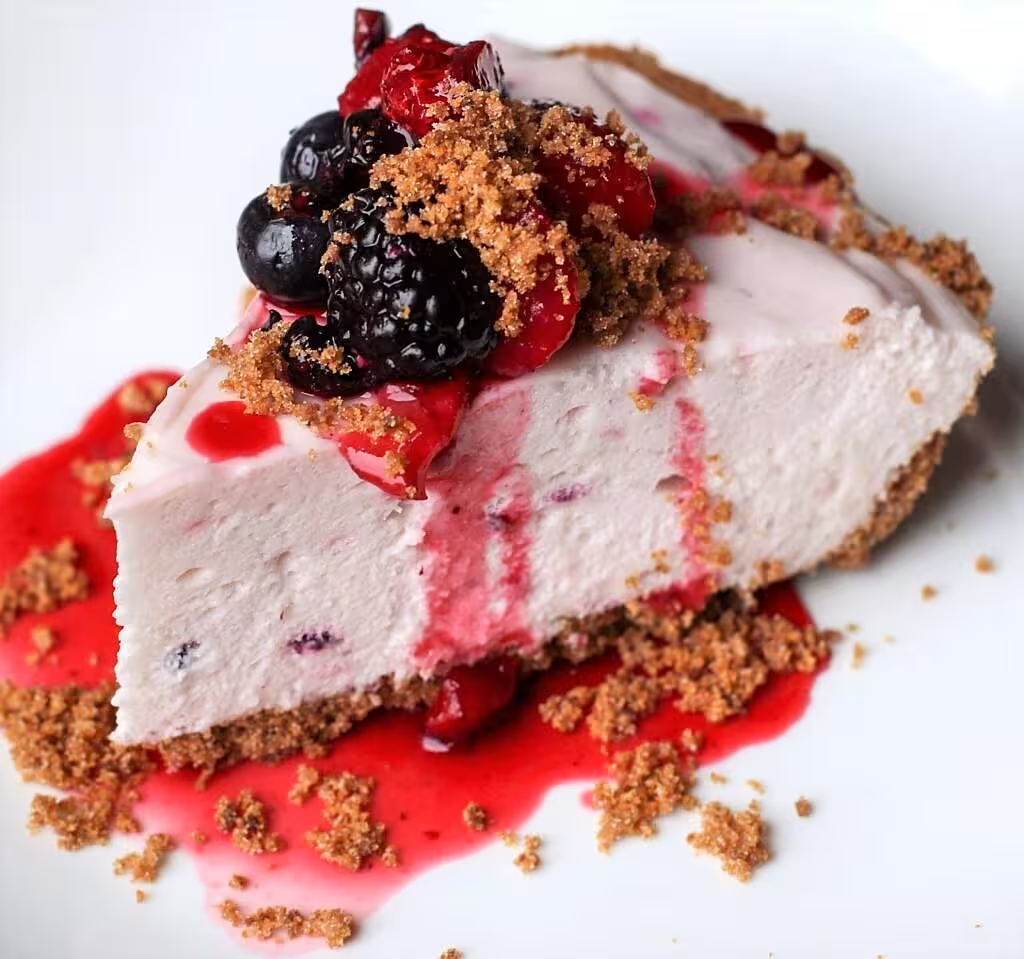
Maple Syrup: Feeling lost in the syrup aisle? Here’s the deal: the darker the syrup, the bolder the flavor.
Golden-hued syrups, light and mild, are perfect for drizzling over fruit or waffles. Amber varieties deliver that classic maple essence to pies, loaves, and glazes.
For intense flavor, turn to the darkest syrups, harvested late in the season—they’re perfect for gingerbread cookies and spice cakes.
Want top quality? Check out the best organic maple syrup brand for unbeatable taste – perfect poured over the fluffiest blueberry chia waffles
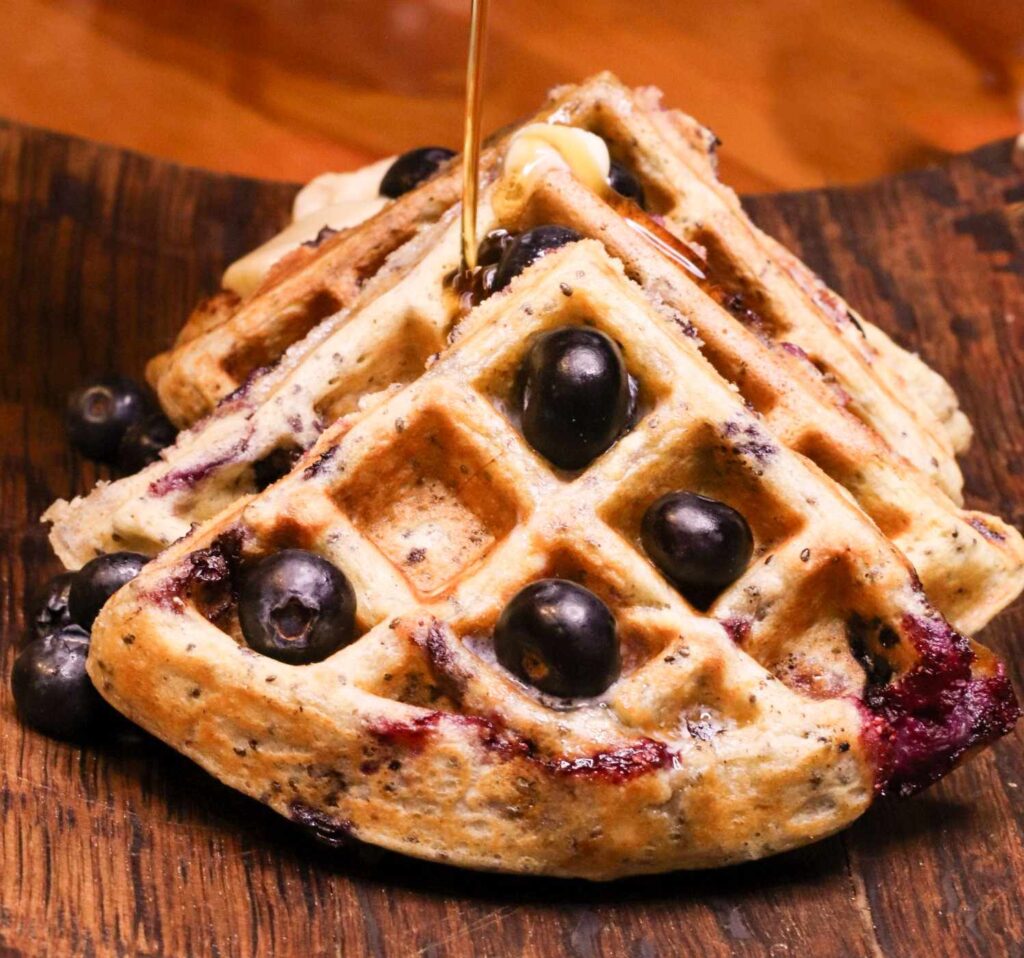
Leaveners
Baking Powder: Did you know that baking powder is baking soda plus an acid? It works double-time to bring lift and fluffiness to your biscuits, cakes, and quick breads. The magic happens first when it meets liquid ingredients and then again when the heat of the oven activates it.
Baking Soda: Unlike baking powder, baking soda requires an acidic partner like buttermilk, yogurt, coffee, or even canned pumpkin to work its leavening magic. While it rarely expires, be mindful—don’t use the box sitting in your fridge absorbing odors for baking your cake!
Tips and tricks in kitchen Save that for deodorizing and grab fresh baking soda for your recipes.
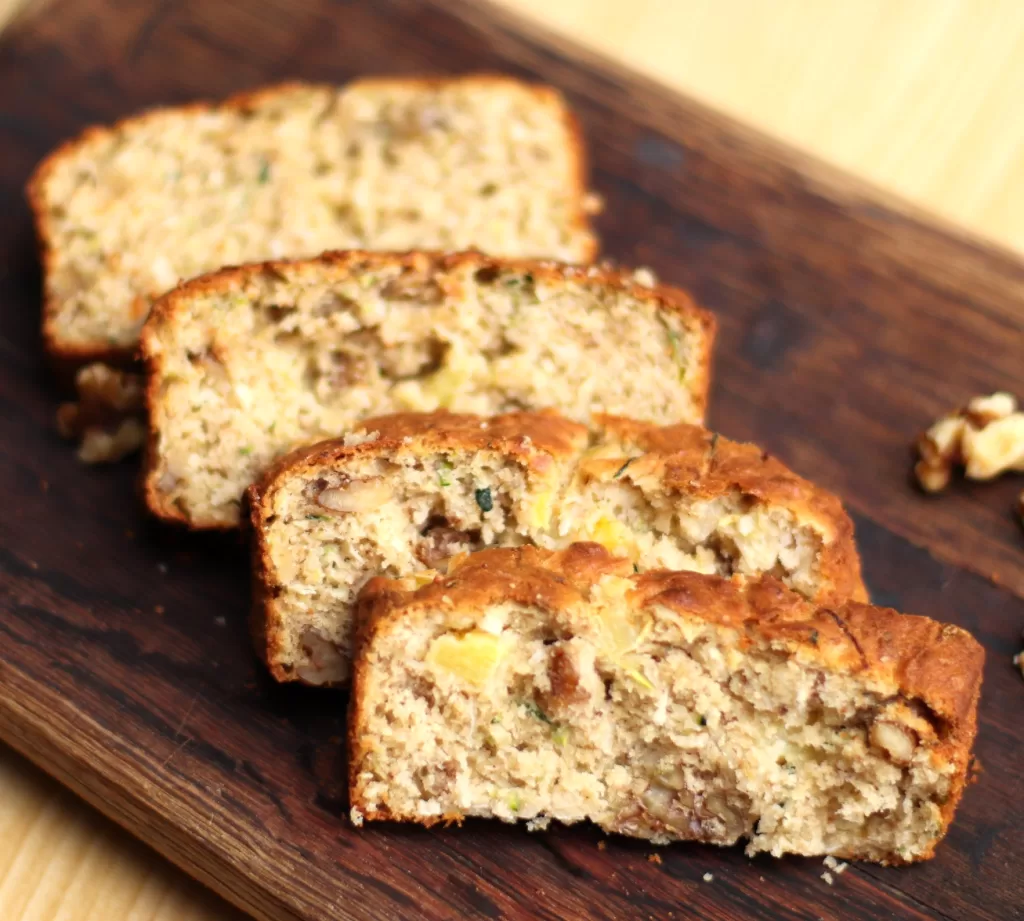
These ingredients are a key player in this perfectly fluffy gluten free zucchini bread
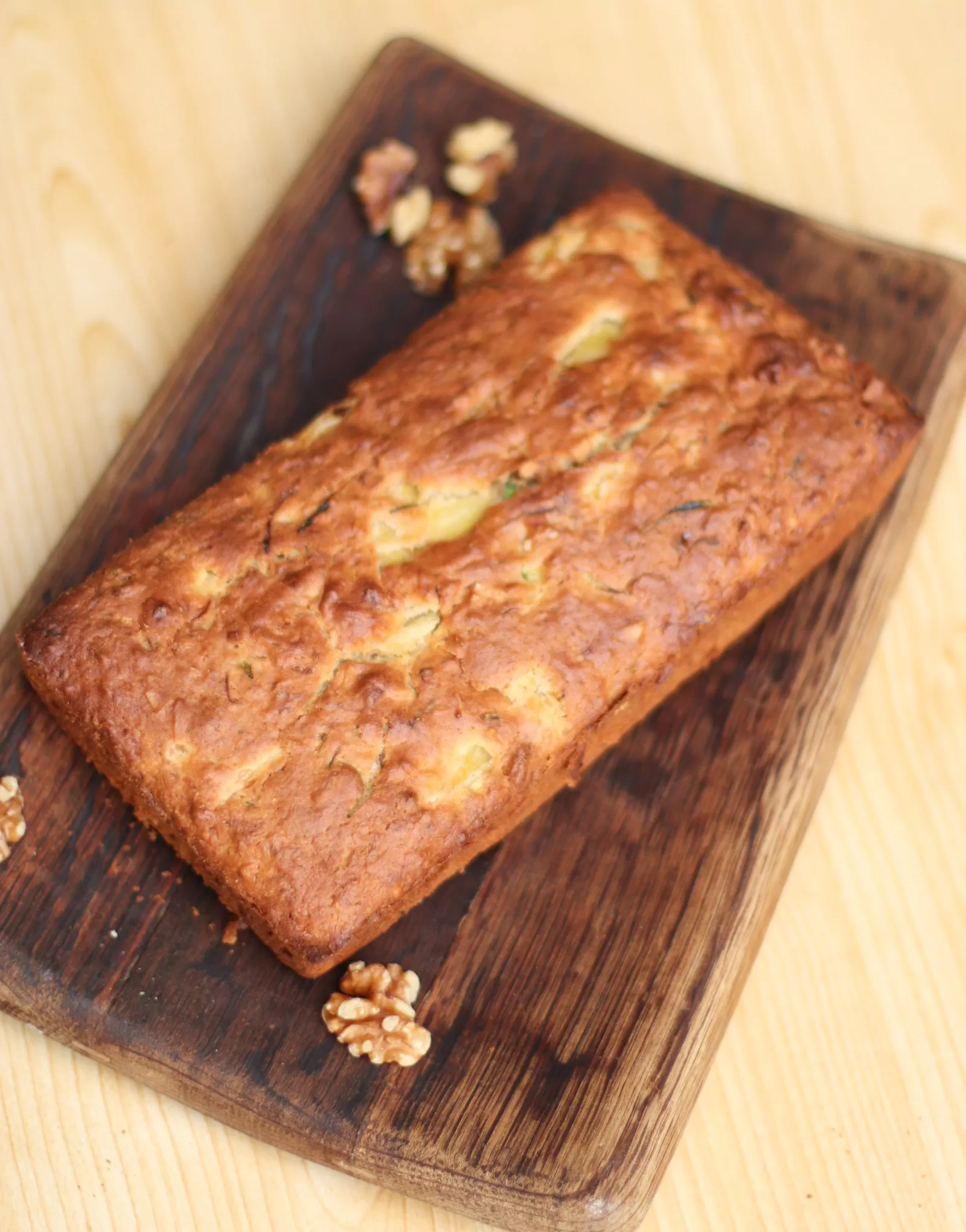
Dairy & Eggs: Essential Players in Baking
Milk: When recipes call for whole milk, don’t compromise with skim milk—it’s like casting the wrong lead in a movie. The recipe might turn out okay, but it won’t shine. Whole milk’s richness makes your baked goods reach their full potential.
Tips and tricks in kitchen – For shelf-stable options, Try different kinds of baking ingredients like evaporated milk (canned and concentrated), sweetened condensed milk (thick and syrupy with added sugar), or milk powder, which boosts creaminess in ice cream, richness in puddings, and golden-brown hues in bread – yum!
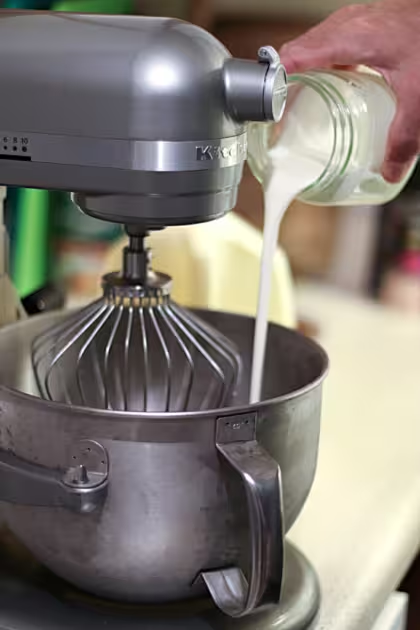
Nondairy Milks: When substituting, remember fat content and flavor matter. For recipes where milk is less prominent—like loaf cakes—options like soy milk can work. But for pastry cream? Stick to dairy for best results.
Coconut Milk: This pantry hero that brings richness and flavor to recipes. Opt for unsweetened coconut milk in cans unless directed otherwise.
Buttermilk: Its tang and acidity make pancakes, scones, biscuits, and quick breads extra tender.
Tips and tricks in kitchen Don’t have buttermilk? No problem. Create your own from basic ingredients needed for baking: mix nearly a cup of whole milk with a tablespoon of white vinegar or lemon juice. Let it sit for 5–10 minutes, and voilà—DIY buttermilk.
Flavors, Extracts & Baking Add-Ins
Go beyond classic vanilla and explore a world of flavors like almond, lemon, peppermint, and banana. Incorporate extracts slowly—start with drops, not teaspoons, to avoid overpowering your recipe.
Coffee: Beyond your morning cup, coffee is a chocolate enhancer, making cocoa flavors deeper and richer. Some recipes call for instant espresso powder, while others use strongly brewed coffee. Instant espresso can double as a liquid coffee replacement in a pinch.
Gelatin: A versatile thickener, gelatin works magic in mousses, panna cottas, marshmallows, and more. It’s my secret ingredient to any cookie recipe – yum!
Tips and tricks in kitchen: Use powdered gelatin by blooming it in cold water for 5 minutes, then microwaving briefly until smooth. For sheet gelatin, soak in cold water, wring out gently, and add to warm liquids or melt before mixing into cold ones.
Dried Fruit: Available year-round, dried fruit adds bursts of sweetness to desserts. Rehydrate them with hot water, juice, or even wine for a few minutes before patting dry to ensure they’re soft and flavorful.
Nut Butters: Traditional peanut butter brands are best for baking, ensuring smooth, consistent results. Natural nut butters, like almond butter while delicious, can be oily or gritty—use them in recipes that specify them.
Tahini: This sesame seed paste adds a nutty depth to cookies, cakes, and even frostings. If the oil separates, stir well or blend in a food processor before baking for a smooth texture.
Puff Pastry: A baker’s dream for tarts, danishes, and pastries. Thaw carefully—20–30 minutes at room temperature or overnight in the fridge. Roll it out on a floured surface and keep unused pieces covered to prevent drying out.
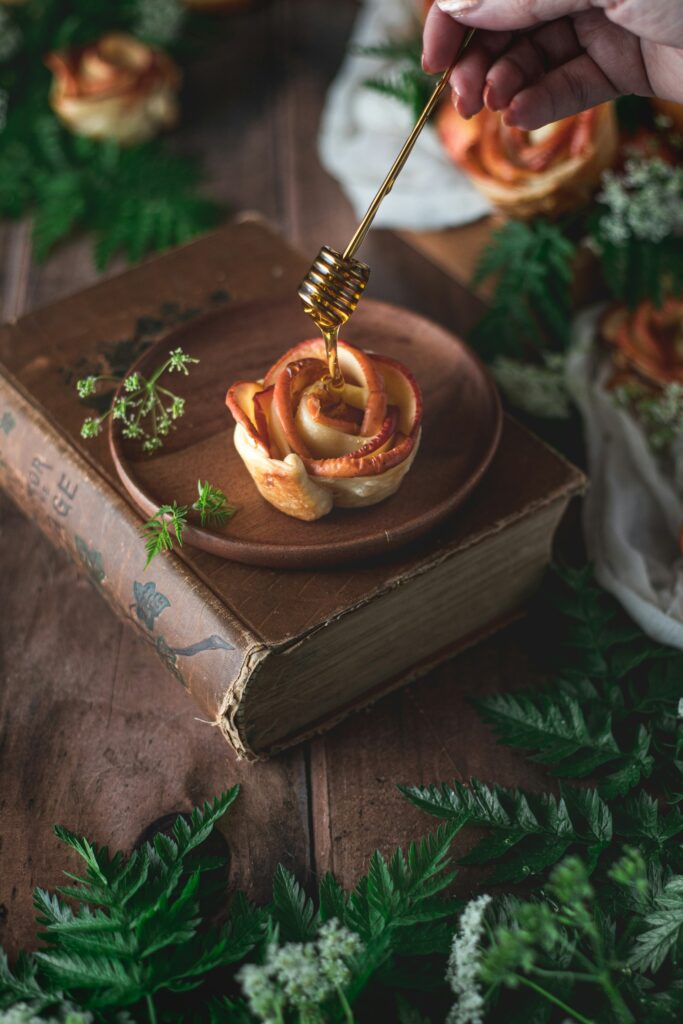
Spices: Warm spices like cinnamon, nutmeg, and cloves bring cozy flavors to pies and spice cakes. Always buy small amounts and replace once their aroma fades.
Coconut: Going for the dramatic flakes or delicate shreds (sweetened or not), both benefit from a quick toasting in the oven unless otherwise specified. Toasted coconut adds crunch and depth to any dessert.

One Comment